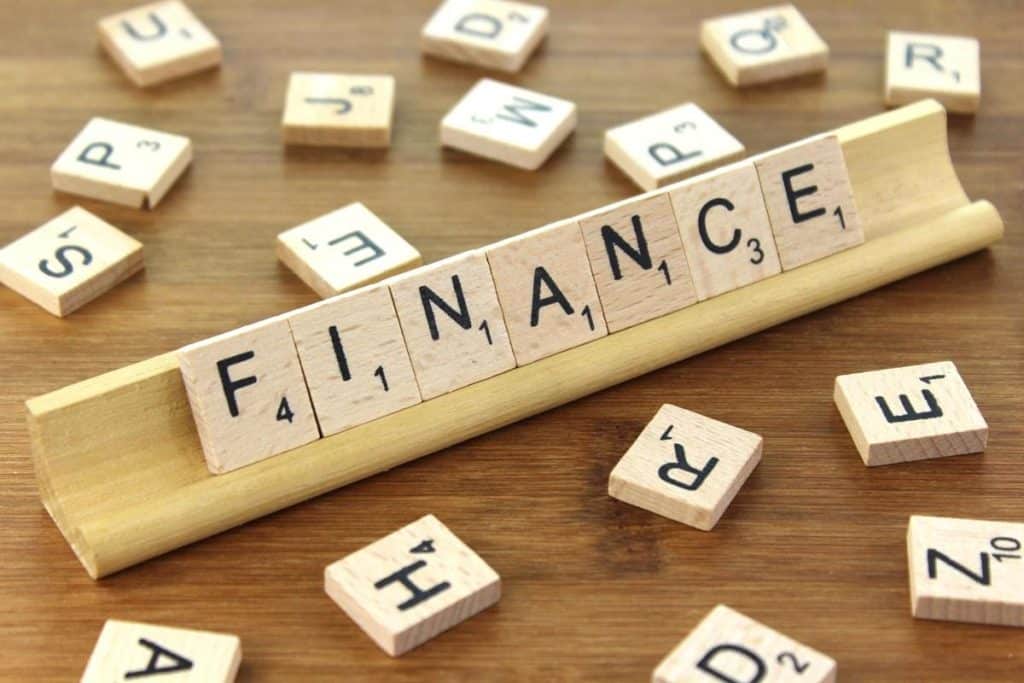In recent years, peer-to-peer lending has emerged as a dynamic alternative to traditional credit in the United States. This innovative financing method, often called P2P lending, connects borrowers directly with individual or institutional lenders through online platforms.
This focus on bypassing conventional banks has presented both sides with a more personalized experience and, in many cases, better interest rates than those found in traditional financial institutions. P2P lending allows investors to diversify their portfolios while offering borrowers an accessible way to secure funds, pointing to an evolution in how people approach lending and borrowing in the US.
The evolution of peer-to-peer lending

The peer-to-peer lending industry has experienced significant growth in the US over the last decade. Initially introduced as a simple platform for personal loans, P2P lending has expanded to cover a wide array of financial needs, including business loans and real estate. This growth can be largely attributed to technological advancements that have made online lending platforms more efficient and user-friendly. As a result, the industry has democratized the lending process, giving individuals who may have difficulty obtaining loans from traditional banks a viable option to meet their financial needs. This progress signifies a shift towards more inclusive financial practices.
How P2P lending differs from traditional bank loans
P2P lending is distinct from traditional bank loans in several crucial ways. First and foremost, the absence of intermediaries like banks means that the cost of borrowing can be lower, as there are fewer administrative expenses involved. Borrowers can often find competitive interest rates, sometimes even lower than what traditional financial institutions offer. For lenders, P2P platforms provide opportunities to earn a higher return on investment compared to conventional saving accounts.
Moreover, the streamlined application process can benefit both parties, reducing the time required to secure a loan or invest funds. The risk element, however, differs; P2P lending platforms don’t offer the same level of protection from defaults that banks do, which means both borrowers and lenders must perform due diligence before proceeding.
Diverse platforms catering to different needs
There are several P2P lending platforms in the US, each catering to different needs. Platforms like LendingClub and Prosper focus primarily on personal loans, offering borrowers the chance to consolidate debt, pay medical bills, or fund personal projects. On the other hand, platforms like Upstart consider more factors than just credit scores when evaluating potential borrowers, making it an attractive option for those with limited credit history. Small business owners seeking capital can turn to platforms such as Funding Circle, which provides tailored financing solutions.
Regulatory considerations and consumer protection
As P2P lending continues to grow, regulatory considerations remain an important aspect of the industry. The US Securities and Exchange Commission (SEC) has jurisdiction over some P2P lending activities, requiring both platforms and borrowers to adhere to certain standards. Proper regulation is essential to ensure consumer protection and maintain investor confidence.
While P2P lending platforms strive for transparency, borrowers must remain vigilant and read all terms and conditions carefully. Potential lenders should diversify across multiple loans to mitigate risk. The evolving regulatory landscape aims to secure fair practices, though both parties must remain informed and proactive.
The future of peer-to-peer lending in the US
The outlook for peer-to-peer lending in the US is promising. With technological innovations continually enhancing platform capabilities, we can expect the P2P lending industry to grow even further. Financial inclusion remains a prominent driver, providing opportunities for those underserved by traditional banks.
Additionally, as more investors and borrowers become acquainted with P2P lending, the community will likely witness an influx of participants eager to explore new financial opportunities. These advances will likely lead to more competitive offerings and an expanded range of financial products. Overall, the growth of peer-to-peer lending reflects a more adaptive financial ecosystem.
Future innovations and trends
Emerging trends and innovations are expected to shape the future of peer-to-peer lending. The integration of blockchain technology, for instance, may boost transaction security and efficiency. Furthermore, artificial intelligence and machine learning could revolutionize risk assessment processes, enabling platforms to make more accurate lending decisions.
Additionally, as environmental, social, and governance (ESG) factors become more critical, P2P platforms may incorporate responsible lending policies. The market is likely to witness an increase in platform mergers and strategic partnerships, which could further enhance service offerings and reach. These trends highlight the industry’s potential to evolve alongside technological and societal changes.

